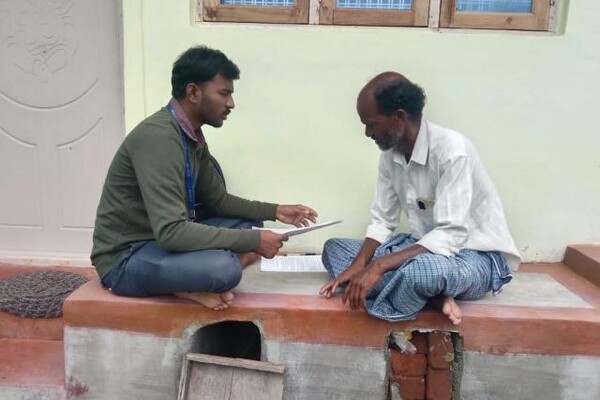Mobile Menu
- Education
- Research
-
Students
- High School Outreach
- Undergraduate & Beyond: Community of Support
- Current Students
- Faculty & Staff
- Alumni
- News & Events
- Giving
- About

If the pandemic taught us one thing — among its many searing lessons — it’s that a strong life sciences sector is essential to Canada’s health security and economic growth.
While we are fortunate to have so many of the key ingredients across Temerty Medicine and the Toronto Academic Health Science Network (TAHSN) — outstanding researchers and trainees, dynamic training environments, world-leading output of top-ranked publications — collectively our research enterprise is under serious strain.
When we benchmark against our competitors at leading US biomedical hubs, as a 2023 TAHSN report from Shift Health points out, we have so much unrealized potential to unleash. One of the biggest opportunities in this area — and one I am deeply committed to — is removing barriers to research collaborations across our network.
The pandemic provided a kick-start to our efforts as hospital- and campus-based researchers mobilized rapidly to share expertise, resources, data and patient samples to address the most pressing questions related to COVID-19.
Spurred on by the successful collaborative approaches used during the pandemic, the TAHSN research committee has undertaken significant work to harmonize research administrative processes among its partners. The committee is led by co-chairs Leah Cowen, U of T’s vice-president, research and innovation and strategic initiatives, and Brad Wouters, executive vice president, science and research at University Health Network, with Sinai Health president and CEO Gary Newton serving as the CEO lead.
Recent progress led by this committee includes a general Material and Data Transfer Agreement to facilitate the transfer of research materials and/or data between institutes, guidelines to align on intellectual property policies and multiple guidelines to help TAHSN organizations harmonize processes related to research ethics board approvals.
Looking forward, I am committed to working with my TAHSN colleagues to build on this momentum and develop effective solutions that can clear potential impediments, fast-track research partnerships and reduce the administrative burden of inter-institutional collaborations.
As an example, we recently established a research metrics working group to coordinate the types of data we collect, including non-bibliometric data, that can more clearly demonstrate our impact as a network.
Science today is increasingly multi-disciplinary and team-based, which underscores the necessity of having streamlined processes that can transform how we work together.
Each organization within TAHSN is outstanding in its own right, but it’s only by working together as a collective that we will be able to realize our ambition and potential, pushing boundaries to advance research and innovation on a global scale.
Lisa Robinson
Dean, Temerty Faculty of Medicine
Vice-Provost, Relations with Health Care Institutions, University of Toronto

